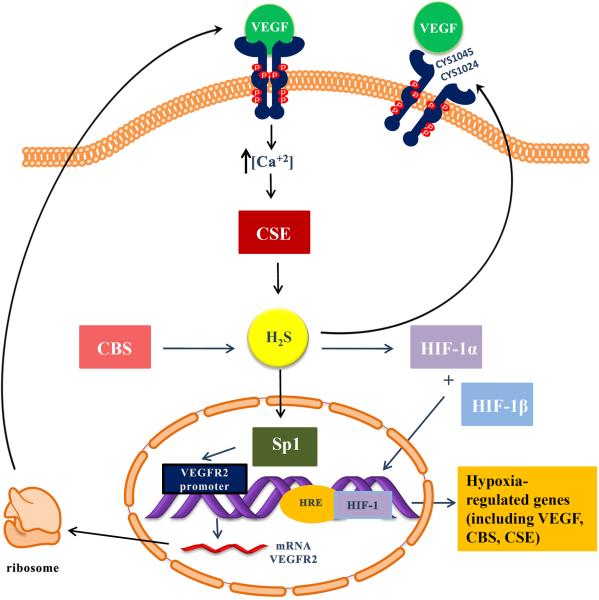Figure 1. Proposed interactions between VEGF and H2S.
VEGF binding to VEGFR2 causes enhanced H2S production presumably by activating CSE in a calcium-dependent manner. Nucleophilic attack of the disulfide bond between Cys 1045-1024 by H2S leads to a disulfide reduction and boosts VEGFR2 tyrosine kinase activity. H2S generated by CBS increases the stability and transcriptional activity of Sp1, enhancing VEGFR2 transcription. H2S causes an increase in HIF-1α levels, DNA binding and transcriptional activity. VEGFR2 (vascular endothelial growth factor receptor 2); VEGF (vascular endothelial growth factor); CSE (cystathionine-γ lyase); CBS (cystathionine-β synthase); HIF (hypoxia inducible factor); HRE (hypoxia response element); Sp1 (specificity protein 1); H2S (hydrogen sulfide)

